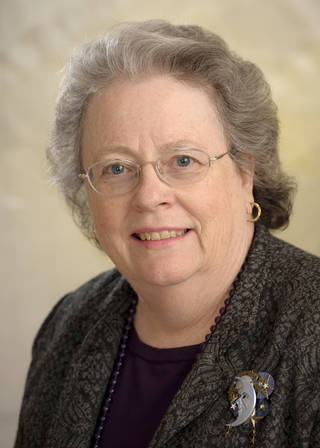Teach Evolution: Leave No Child Behind
The universe evolved from the Big Bang to systems of galaxies, stars, and planets; these, including Earth, continue to evolve. Astronomers are teasing out the role of dark matter and dark energy. Life on Earth goes back at least 3.5 billion years as evidenced by fossilized stromatolites from Australia. Over that vast span of time, there's evidence that life evolved from small single celled-organisms to the incredible diversity we see today. Scientific research continues to discover additional evidence that supports evolution as the fundamental description for how the physical universe and life developed in the past and will continue to change in the future.
Yet, teaching evolution remains controversial in America.
Just now, I'm cruising at 35,000 feet above the snow-laced landscape. The texture of the ground below reveals the power of geologic forces. In California, Los Angeles moves inexorably toward San Francisco at 3.5 cm per year. Anyone who has experienced an earthquake has a personal understanding of the forces that drive geological evolution. At altitude, the folds, rifts and fault lines reveal an evolving planet. In what's called the range and basin region, the western mountain chains thrust upward and great valleys drop between them. The vast central plains stretch slowly downhill toward the East Coast from the heights of the Rockies. Over time, the ancient inland ocean receded, revealing most of what is now the center of our continent. More than erosion and weathering shaped this land. As the tectonic plates push and grind together, our planet evolves. It takes a long time, but it makes sense when seen from an airplane window.
Teaching the age and history of our planet takes us back about 4.6 billion years; it is included in only 55% of our 50 State's science education standards.
Today, we find the fossil remains of extinct creatures that wandered the shores of the ancient American sea high in the Rockies and layered in the badlands of the US and Canada. The evolution of life on our planet is evident in these layers of rock and fossil. In Africa, fossil evidence of early hominids links us to ancestral species. Where did we come from? We six billion humans find our biological genesis in these African fossils.
Human evolution is included in the National Science Education Standards and the Benchmarks for Science Literacy, our national statements of the fundamental science concepts for grades K-12. The Standards and Benchmarks describe the basics for scientifically literate citizens. At the state level, politics overtake science education. Human evolution is included in only 8% of the state science standards, and is therefore not required in almost all American elementary, middle or high school science courses. ("The Emphasis Given to Evolution in State Science Standards: A lever for Change in Evolution Education?" Gerald Skoog, Kimberly Bilica, 2002) The evolution of the universe, our solar system, and our planet fare somewhat better, but still do not appear in almost half of the states' science standards. These standards drive the content of textbooks and state achievement tests, and learning about evolution is getting left out.
Evolution is fundamental to modern biology, geology and astronomy. Ignoring or discarding fundamental scientific understandings of the natural world does not prepare our children well for the future. As America strives to "leave no child behind," it's time that evolution is not left behind in our science classrooms.
Get the Space.com Newsletter
Breaking space news, the latest updates on rocket launches, skywatching events and more!
Happy Birthday, Charles Darwin |
Darwin was born February 12, 1809; he published On the Origin of Species at age 50. Each year, Darwin's birthday is celebrated around the world. To find an event in your area, check the "Darwin Day Celebration" web site: http://www.darwinday.org/home/index.html
Join our Space Forums to keep talking space on the latest missions, night sky and more! And if you have a news tip, correction or comment, let us know at: community@space.com.

Edna DeVore is a science and astronomy educator and the former Director of Education and Public Outreach for the SETI Institute. She earned an undergraduate degree from the University of Pacific followed by a master's degree in instructional technology from San Jose State and a master's in astronomy from the University of Arizona. In 1992, Edna joined the SETI Institute, where she wrote features on space exploration, astrobiology and more, some of which appeared on Space.com. She was among the first principal investigators to propose projects to NASA's Office of Space Science and receive funding for educational programs. Edna went on to work on education and public outreach for NASA's Kepler space telescope and SOFIA flying telescope missions. Edna received numerous awards during her tenure at SETI, including NASA Honor Awards for her work on Kepler and SOFIA, and Aerospace Awareness Award for Women in Aerospace in 2005. Edna retired in 2013.









